overleaf template galleryLaTeX templates and examples — Recent
Discover LaTeX templates and examples to help with everything from writing a journal article to using a specific LaTeX package.
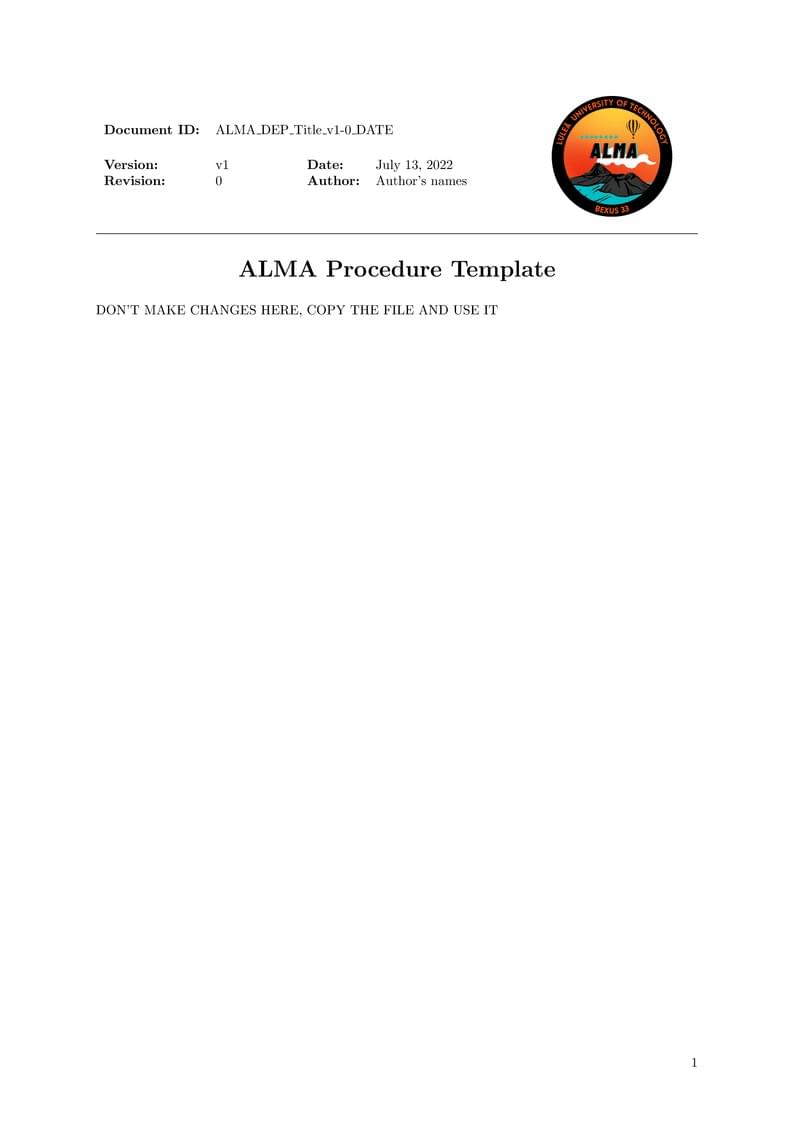
Project ALMA procedure and documentation template
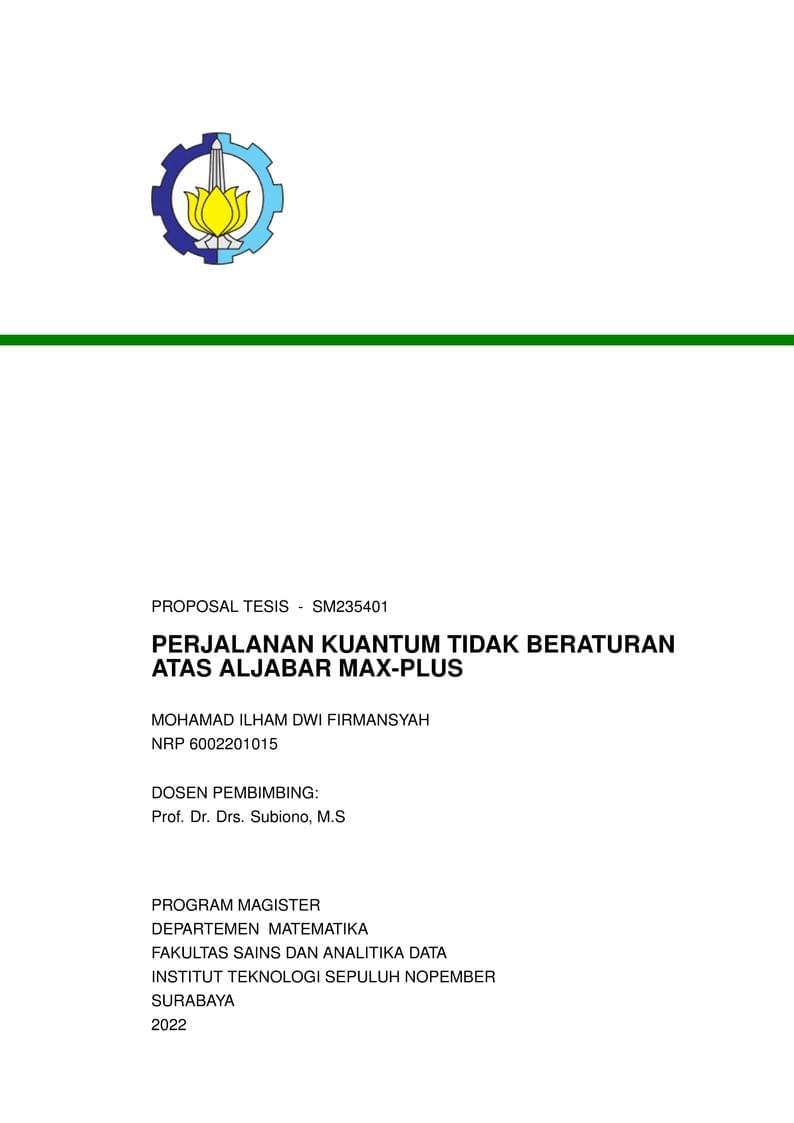
Template ini ditunjukan kepada mahasiswa departemen matematika ITS dalam mengerjakan proposal tesis.
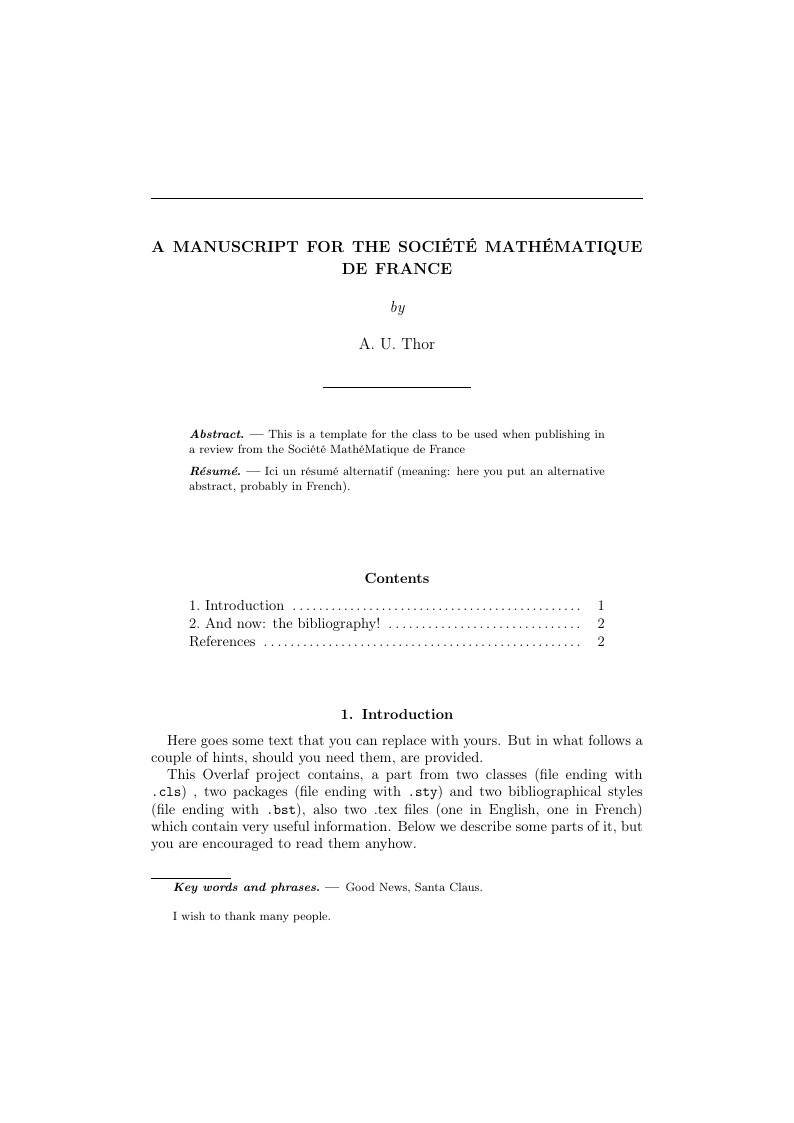
This is a template for the class to be used when publishing in a review from the Société Mathématique de France. The repository can be found at this address.
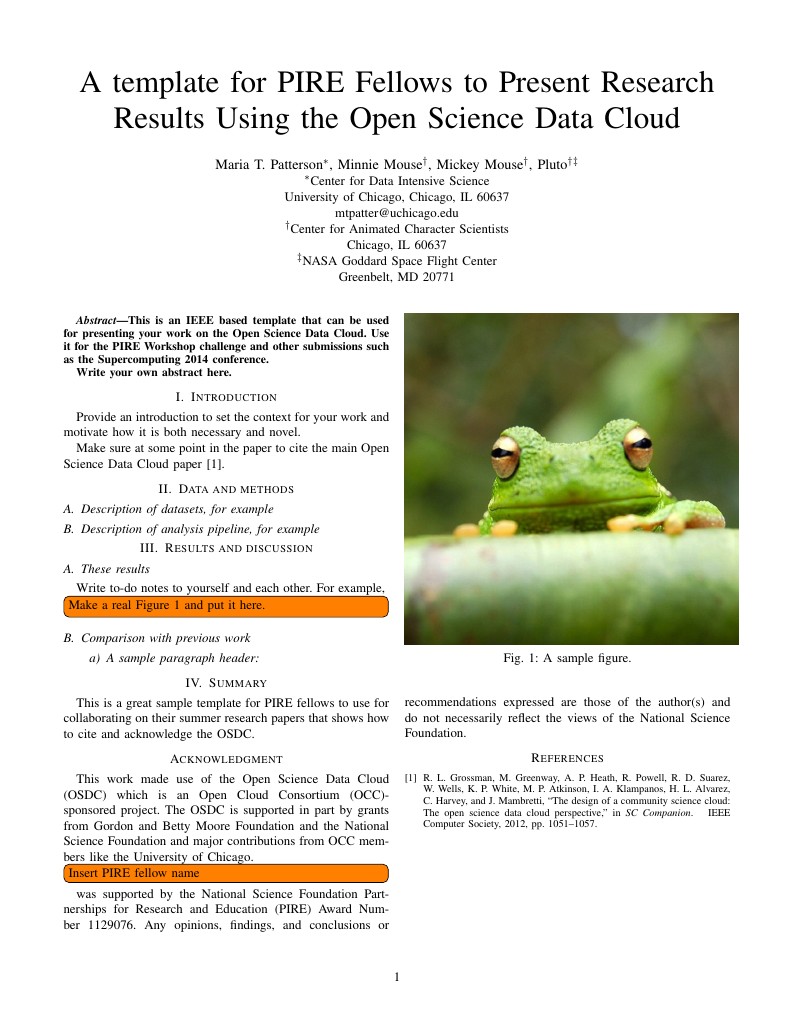
This is an IEEE based template that can be used for presenting your work on the Open Science Data Cloud. Use it for the PIRE Workshop challenge and other submissions such as the Supercomputing 2014 conference.
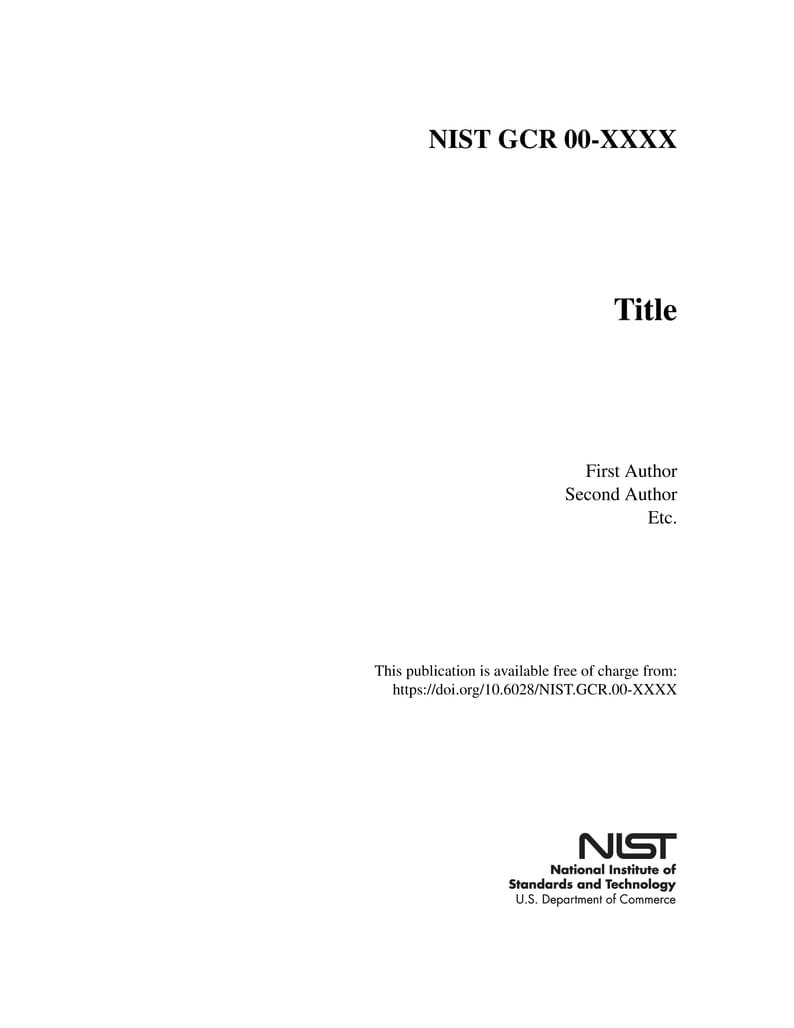
Template for authors submitting a NIST GCR report.
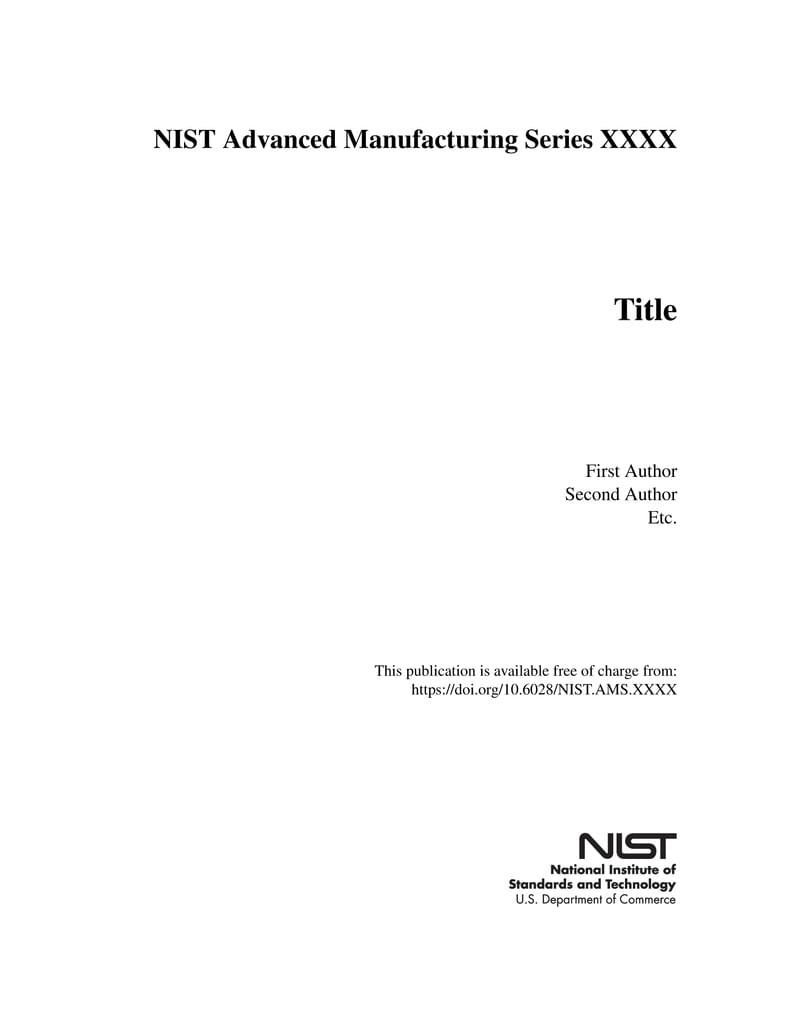
Template for NIST authors submitting an Advanced Manufacturing Series (AMS) report.
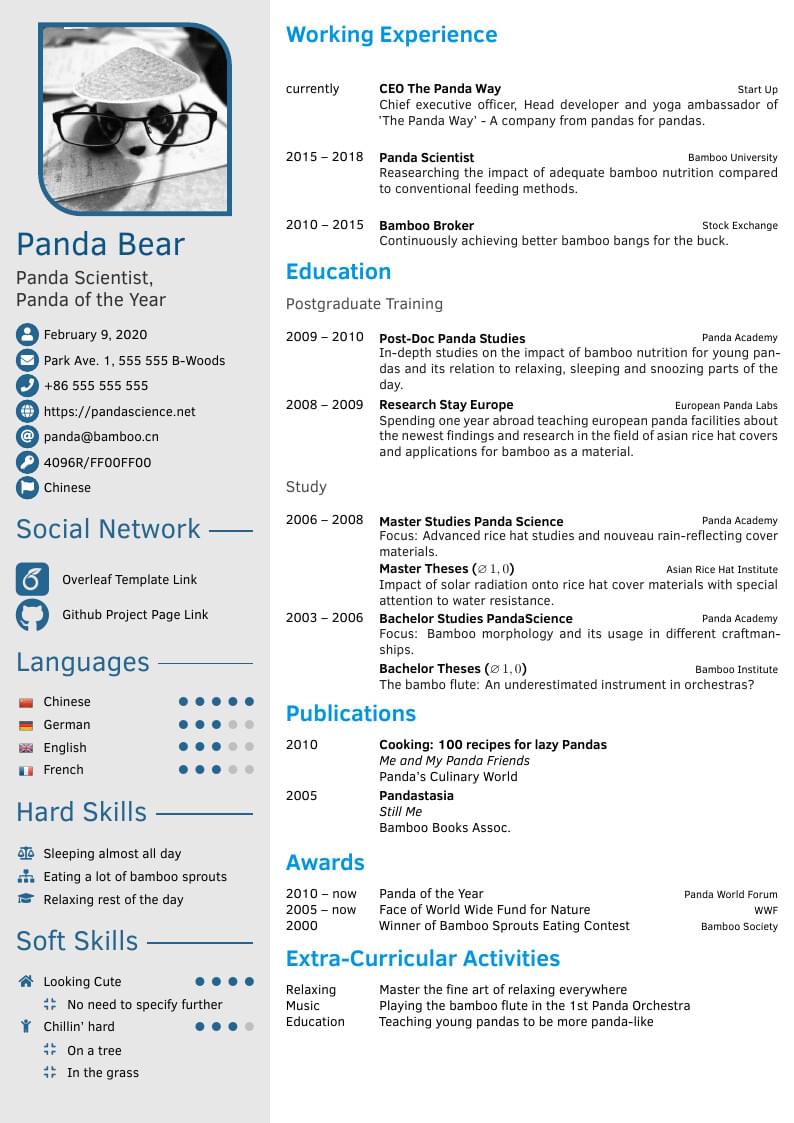
A highly customizable and multi-page optimized CV template based on the great twentysecondcv class, adding various options for the user to modify layout style elements.
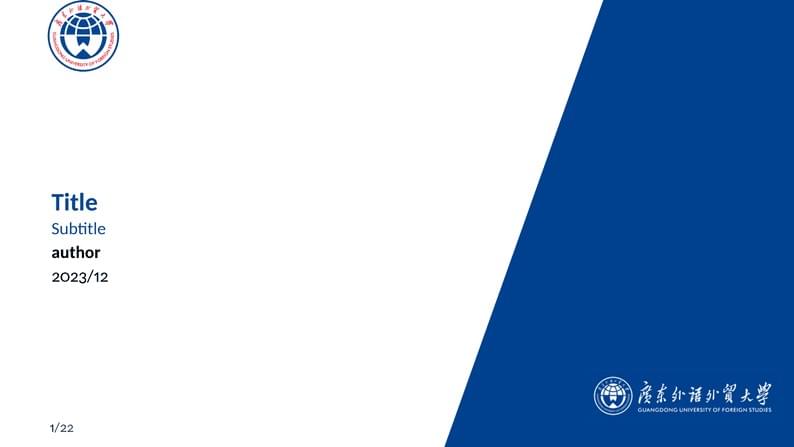
Alternative GDUFS beamer template for presentation. Adapted from THU and SDU version.

Bu şablon Gümüşhane Üniversitesi Elektrik Elektronik Mühendisliği bölümü Tasarım Çalışması ve Bitirme Projesi dersleri için hazırlanmıştır. Şablon hazırlanırken Overleaf Template Gallery'de yer alan "Tobb Etü Lisansüstü Tez Şablonu FBE Türkçe" isimli şablon referans alınmıştır.
\begin
Discover why over 20 million people worldwide trust Overleaf with their work.